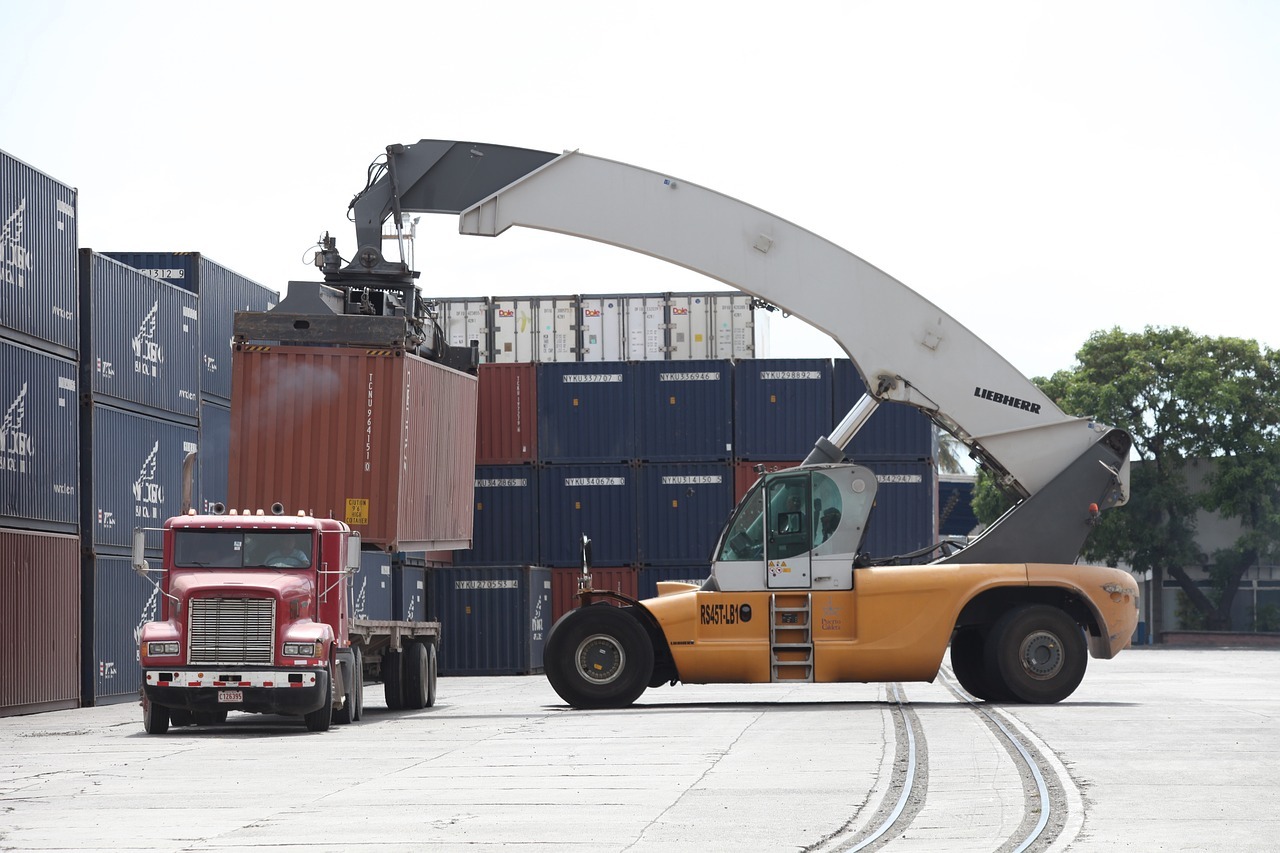Hiring a crane for the first time can be daunting – we get it. In most cases, the success of your project depends on it and selecting the best one for the job will reduce the risk of accidents and damages which, in turn, saves you time and money.
There are several types on the market today, ranging from city cranes to heavy-duty cranes, mobile tower cranes, telescopic cranes and self-erecting cranes. Although it’s great to have a choice, knowing which to pick for your project can be easier said than done – especially if you’re new to crane hire!
That’s why, in today’s article, we thought we’d share our top six tips for selecting the correct crane.
1. Choose a reputable crane hire company
Rule no.1 when hiring a crane is to find a reliable crane hire company – preferably one, like Bryn Thomas Cranes, who has a modern fleet of cranes to suit projects of all scales. As an experienced company, they have worked alongside clients from all sectors, including blue-chip construction companies, infrastructure, petrochemical, oil and gas, and will provide a suitable solution for lifting loads reliably and safely.
2. Check the load weight
A key factor to consider when choosing a crane is the weight of the load that needs lifting or moving. You can even schedule a consultation with a company before you hire a crane for rent near your location. Knowing this will enable you to make an informed choice. After all, you don’t want to pick a high-capacity crane for a small, lightweight load as this will likely waste time, labor, and money. Likewise, lifting heavy loads with a low-capacity vehicle could increase the risk of fatal accidents and cause damage to the goods being lifted.
3. Know the lift height
Ask yourself, how high does the load need lifting? For construction jobs where goods need moving between great vertical heights, a crane with a longer boom length (like a mobile tower crane) is ideal and will ensure loads reach their end destination safely. You’ll also need to check the weather conditions and keep an eye out for wind in the forecast as this could cause the load to sway – leading to potential accidents and damage.
4. Work out the moving distance
As well as the vertical distance, you need to think carefully about how far the crane has to travel horizontally to pick up the load. If you need to transfer large, cumbersome equipment from one place to the next, it’s worth hiring a mobile crane – one that is quick and easy to set up and can be easily manoeuvred onsite.
5. Assess the site conditions
All cranes require a support structure to stabilise them to the ground, so you must choose a crane that’s suitable for the terrain. For example, if the terrain is uneven (like it is for most off-road construction sites), it’s a good idea to use a rough-terrain or heavy-duty crane. Alternatively, if the land is relatively flat onsite; you can’t go wrong with a truck-mounted crane, something like a mobile tower crane.
6. Evaluate accessibility
Though it might not seem hugely important, you need to consider whether or not the project site is easily accessible. Not all sites have paved roads or an entrance large enough to fit a crane and some areas are more difficult to reach than others. If you need a crane in the bustling city where streets are narrow and high-rise buildings surround, you’ll want to hire a city crane or mobile tower crane which has a smaller, more compact, footprint.
All of these factors should help you to narrow your options down when it comes to crane hire. But if you have any question or queries, be sure to get in touch with the team at Bryn Thomas Cranes on 01352 733 984. They are always on hand and will assist you in selecting the right crane for the task at hand – ensuring maximum safety and efficiency.

